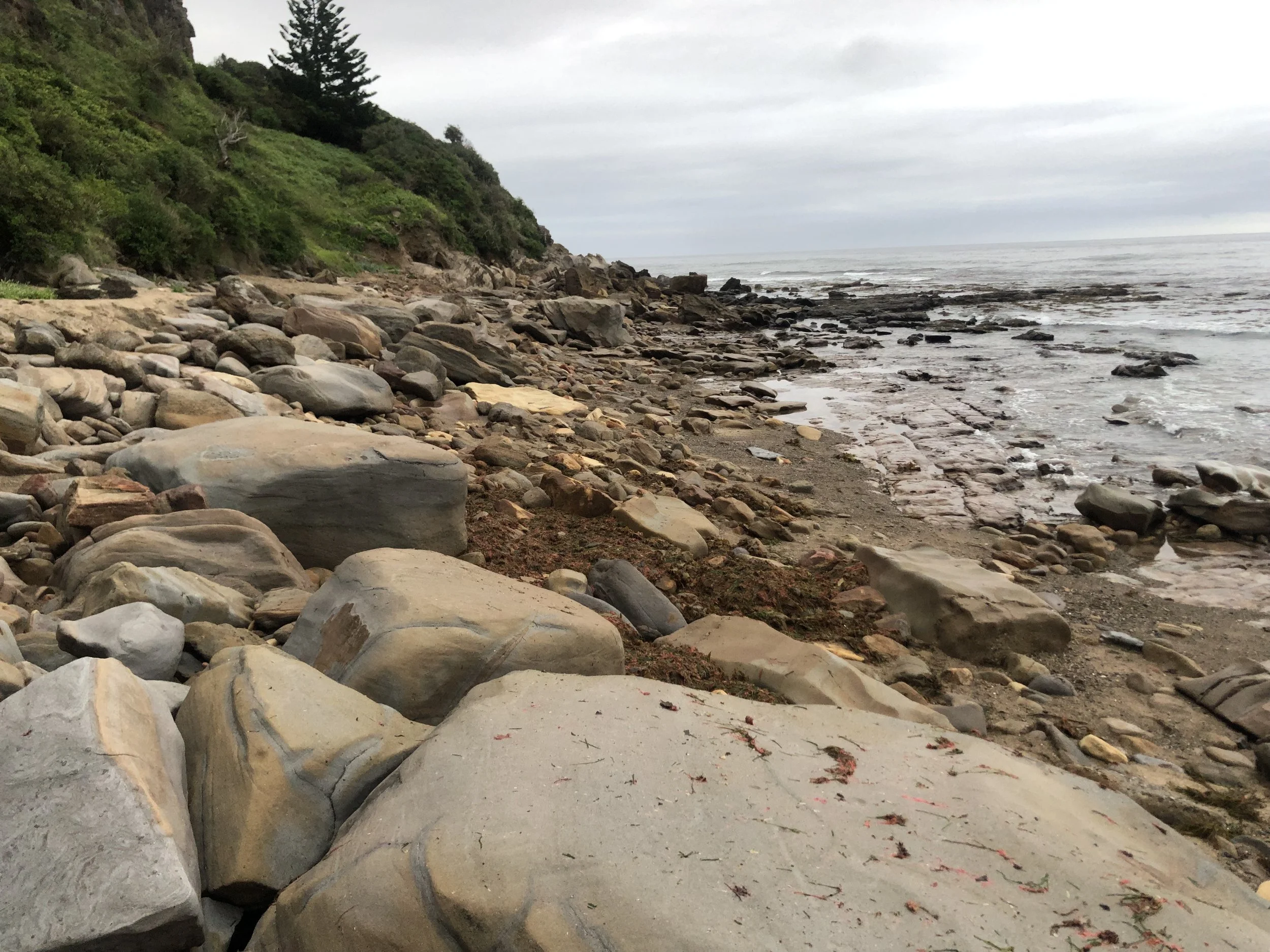A La Nina Summer for NSW
From the January 2022 Issue of the Illawarra Flame Magazine
You’ve probably heard by now that we (i.e. those of us who live on Australia’s East Coast) are experiencing a La Nina weather pattern that has given us a wet and cold spring and potentially a distinctly average summer. But what is a La Nina and more importantly, what does it mean for our beaches and waves?
Our climate is linked to whatever the El Nino Southern Oscillation (ENSO) is doing. ENSO is a natural cycle of climate variability linked to sea surface temperate differences between the eastern and central tropical Pacific Ocean (think Darwin and Tahiti) that cause changes to atmospheric circulation patterns. A La Nina cycle occurs when equatorial trade winds become stronger, changing the surface ocean currents and drawing cooler water up from the depths below (upwelling). This ends up pushing warmer surface waters to the western Pacific – that’s us! Sounds good right?
Unfortunately, warmer water promotes rising air, more cloud development and more rainfall, including more storms. There’s a lot more to ENSO and La Nina than that, but given word count constraints, I recommend doing some Google searching! The good news is that this La Nina phase won’t last forever although they can last for several months and even a few years.
For surfers, La Nina’s are not necessarily a bad thing as there will be more large swell events from the east compared to the north-easterly winds that dominate during an El Nino, when there is less swell and the waves are pretty messy. For beachgoers, we know that ENSO cycles have a big impact on the amount of sand on our beaches and where it is. We know this because my old PhD supervisor from Sydney University, Professor Andy Short, starting manually surveying beach profiles along Narrabeen-Collaroy beach on Sydney’s northern beaches in 1976 and kept doing it monthly for 30 years! It’s still going, but with more modern surveying techniques and is the longest continuous beach survey dataset in the world.
That dataset has shown that embayed beaches (with headlands at either end) respond to changing wave directions during ENSO cycles by rotating. During El Nino phases, the northern ends of beaches tend to build up with sand, while the southern ends erodes. The opposite occurs during La Nina phases. However, not all beaches behave like this. There are a lot of other factors to consider such as embayment shape, orientation, headland protection and beach length. The easiest rule to remember is that because of the higher frequency of storm events, our beaches tend to have less sand and are much narrower during a La Nina. During El Nino periods, we might have drought and bushfires, but the beaches tend to come back and are nice and healthy.
A tropical cyclone courtesy of La Nina did this. Used to be a beach (my beach!)

